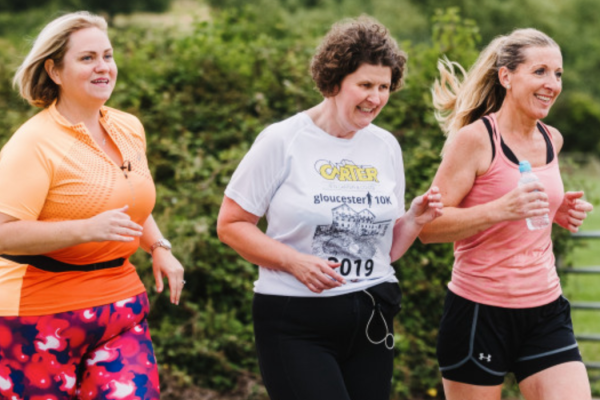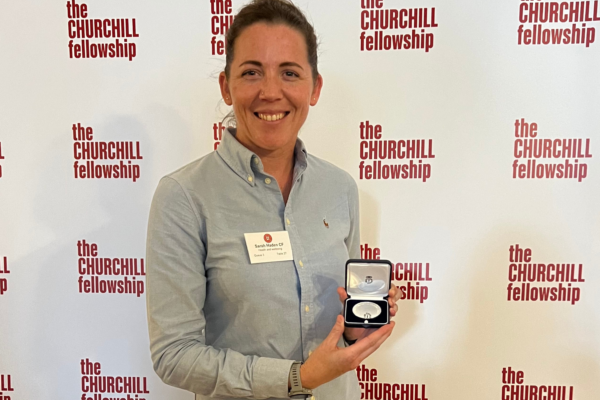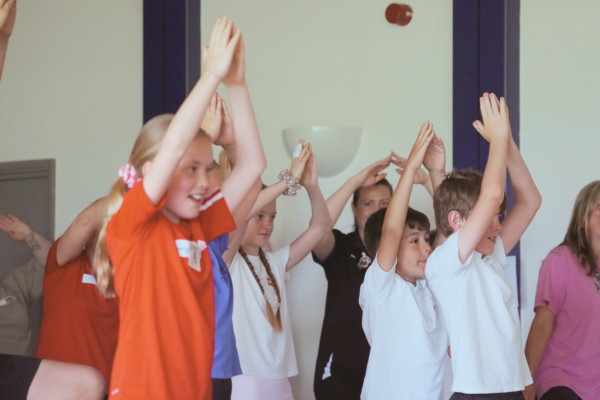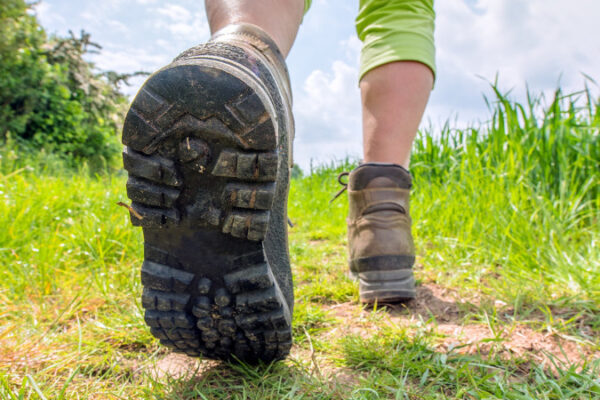Evaluating the growth and impact of we can move
The social movement we can move was conceived with the aim to create a step change in the county’s physical activity levels – has it worked?

The reasons behind why one in five of us are physically inactive are varied and complex. The idea behind we can move, is that it would unite people as a movement. Creating a sense of belonging and range of resources to work together. Taking action and encouraging more people to lead more active and healthier lives.
For a social movement to make physical activity the norm, we knew this would not be straight forward. Developing this new approach would require testing a number of different methods and testing of our Theory of Change. We needed a robust and independent way to see what worked and what doesn’t – allowing us to adjust how to grow we can move. For this, we looked for an evaluation partner.
It was important to have an evaluation partner on board who understood the wider health benefits of physical activity and the importance of building relationships, as well as having innovative ideas on how to observe and measure a social movement. In partnership with NHS Gloucestershire, Active Gloucestershire commissioned the National Institute for Health Research Applied Research Collaboration West (NIHR ARC West) to carry out a two-year evaluation of we can move.
The lead researcher Dr James Nobles was embedded within Active Gloucestershire for a day a week. Getting a first-hand view of how we can move was being developed, warts and all! To read more about the experience of James working so closely with us read my guest blog on ARC West’s website https://arc-w.nihr.ac.uk/news/we-can-move-evaluation-blog.
James observed the ups and downs that the movement experienced. From discussions on developing the Theory of Change, to how people across the county were engaged with. Then in the past year, the challenges of Covid-19. He brought in innovative evaluation methods such as System Mapping and Ripple Effects Mapping. These have helped create a broad picture of the barriers to physical activity and the wider impacts the movement is having across the county and beyond.
Dr James Nobles, Senior Research Associate, ARC West, said:
“Evaluating we can move, and approaches similar to it, is incredibly difficult to do. There are so many pieces of the puzzle – from the projects within we can move, to the organisations involved, to the unexpected hurdles that come along (COVID-19 being a good example).
Evaluation methods that we often use aren’t really appropriate in these types of circumstances. Instead, we had to work closely with Active Gloucestershire and their partners to develop a tailored, flexible evaluation framework that would piece together a picture of how we can move worked, who it worked for and what the impacts were, and how it might need to be modified in the future.
This was as much of a learning process for us as the evaluation partner as it was for anyone, but we were really pleased with how it worked out, the insights generated, and the broader interest from other researchers, organisations and sectors in the evaluation methods.”
The evaluation report provides an honest, balanced picture of the we can move work. ARC West’s findings will be used to guide future development of the movement. Their support over the two years also helped develop the county; providing training and tools to use in evaluating improvements in health inequalities.
Key learnings found in the report were that:
- Gloucestershire was in the right place for we can move to be implemented. With broad support from local authorities, NHS Gloucestershire, the voluntary and the community sector
- Social movement building is core to the success of we can move and one of the biggest challenges, especially in building engagement with Changemakers who could in turn, grow the movement further
- The importance of an organisation to facilitate the growth of we can move and the benefits of Active Gloucestershire already being well established and respected helped embed we can move in the county
The report provides us with a wealth of actions for us to develop the movement and improve the engagement across the county including:
- Ensuring the focus of the movement is on we can move and not Active Gloucestershire. The stories and messages should be from and about the wider network, not Active Gloucestershire
- Create clarity around what action we can move is asking of people, and how they can be more involved in the movement
- Continue building Ripple Effects Maps to highlight the ongoing wider impacts of the movement
- Assess if the work of we can move continues to focus in the right areas, and identify people and organisations who we can move would benefit with their involvement
This evaluation has now been published and I encourage you to spend some time looking through the report.
I would love to hear your thoughts and comments on the we can move journey so far.
Related content

04 Sep 2024
Active Gloucestershire’s Sarah Haden receives prestigous Churchill Fellowship Medallion for systems thinking work to address physical activity inequalities
Read more

28 Aug 2024
Shift Wellbeing Ambassador Course for Educators review
Read more

28 Aug 2024
School Games Roadmap 2024/25
Read more

23 Aug 2024
Getting active: Starting from scratch
Read more
